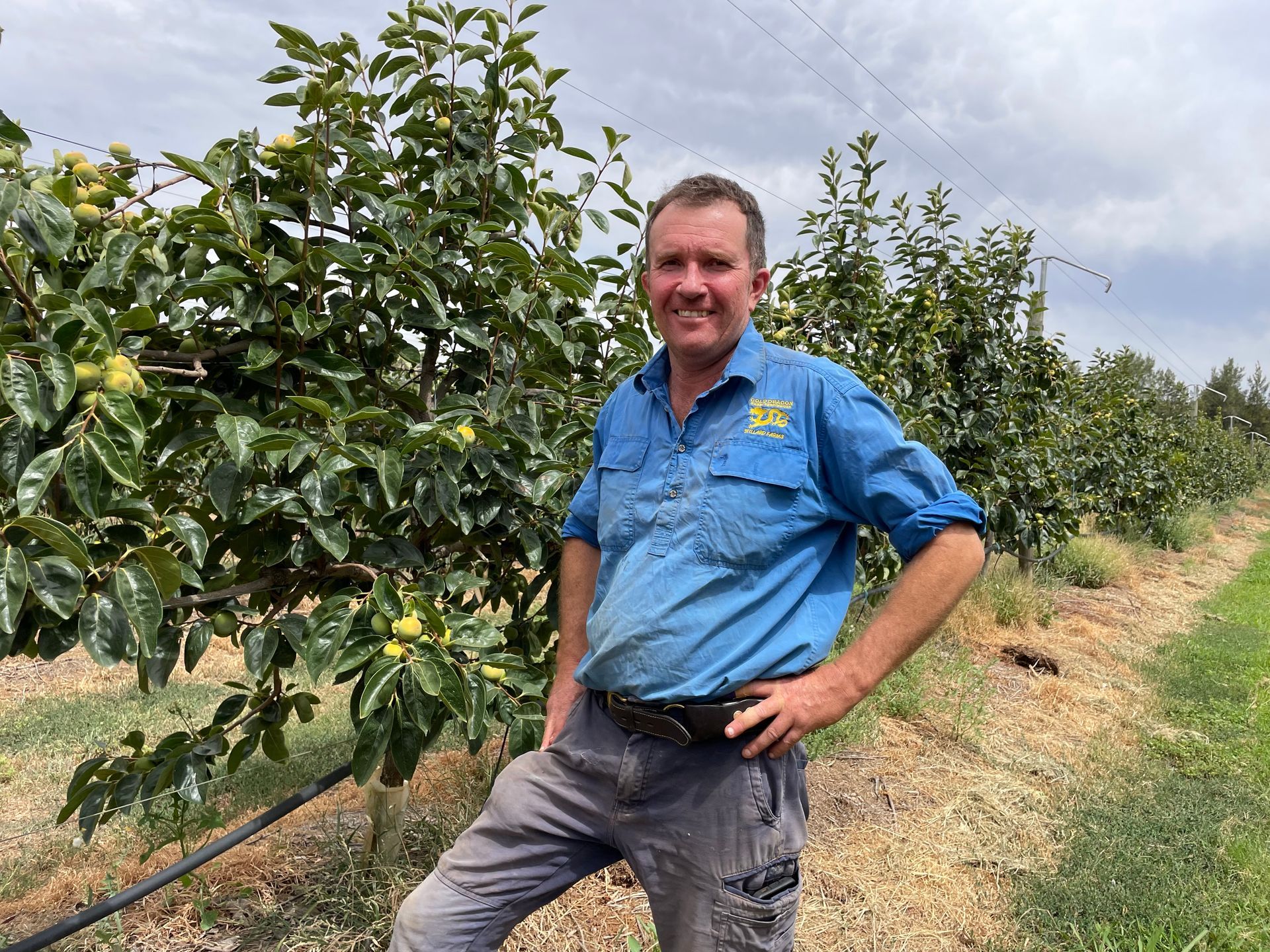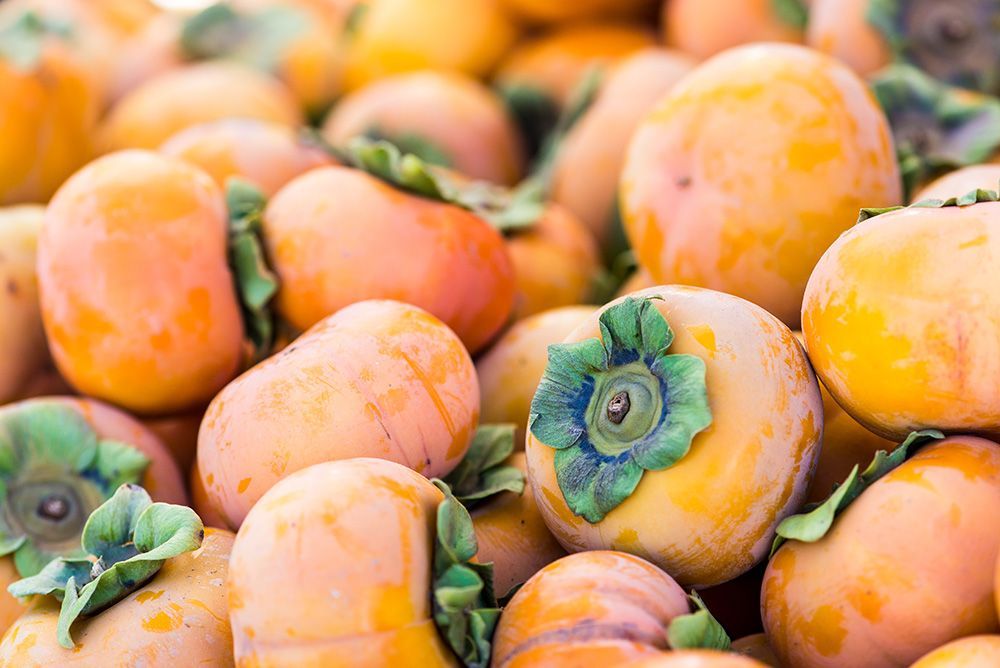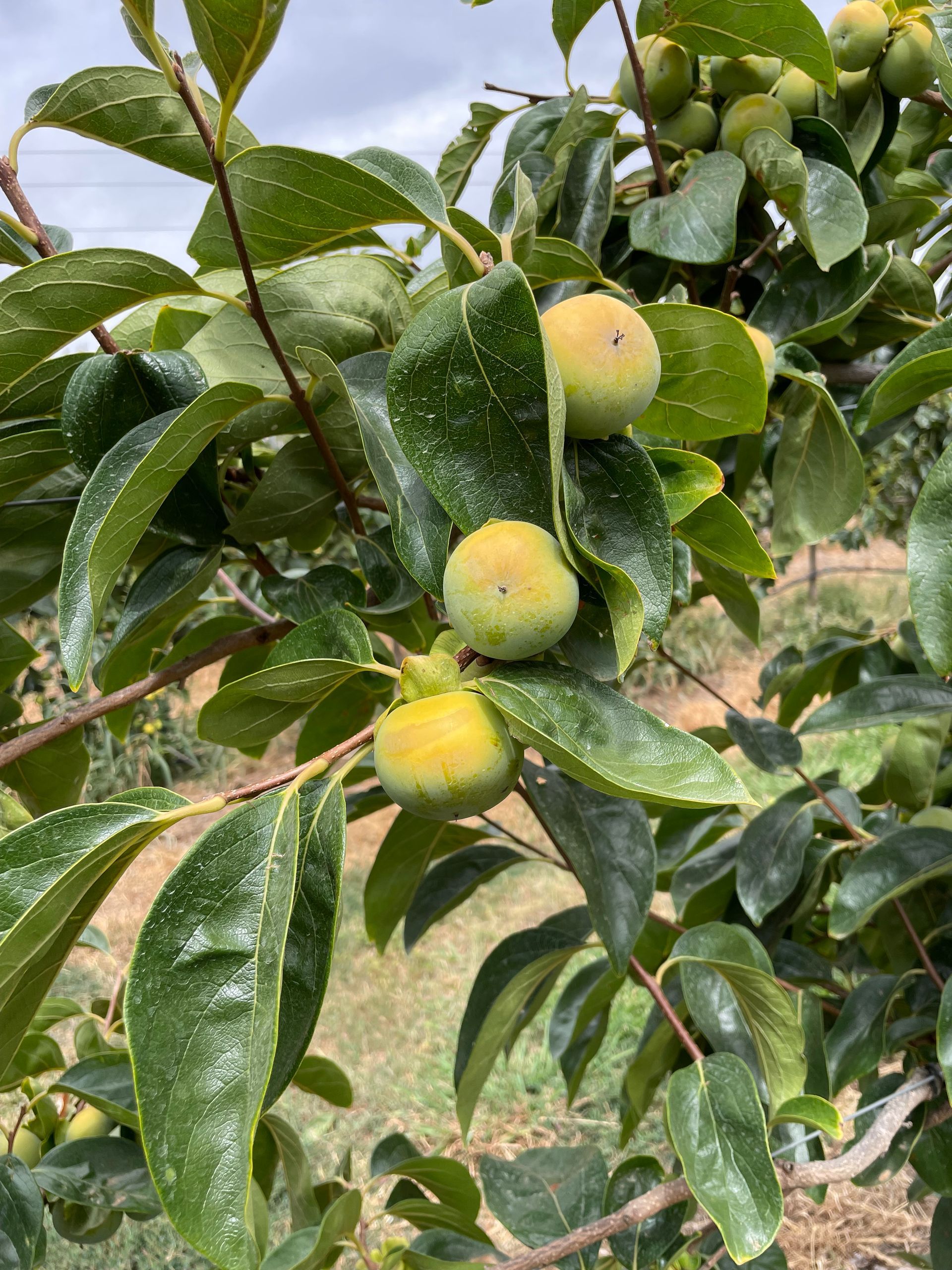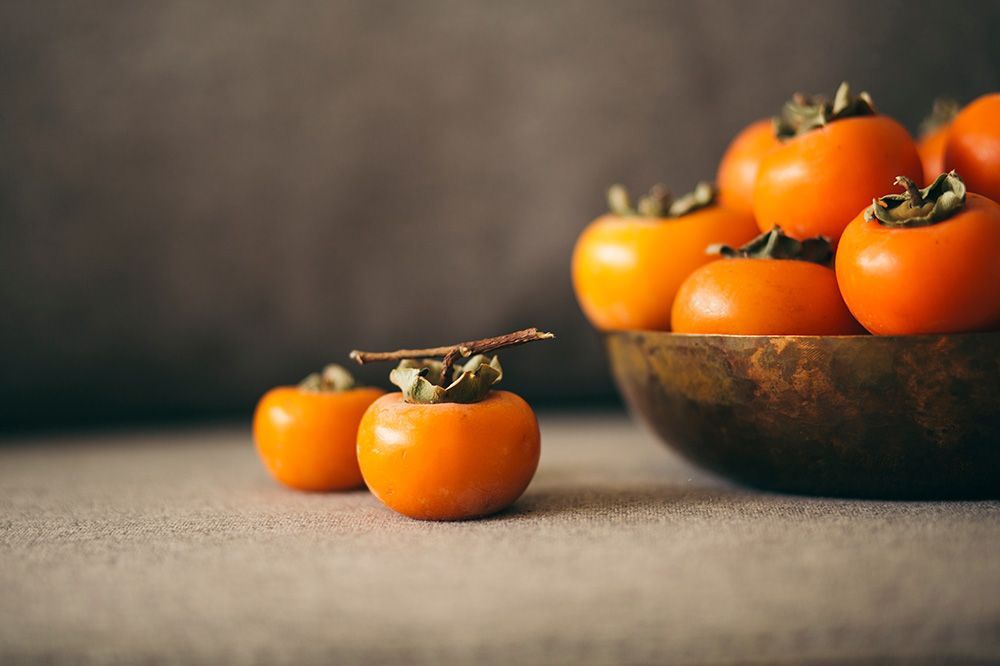Customer in Focus: Stillard Farms

24 February 2025
The sweet art of persimmon production
Have you ever heard of a persimmon?
If the answer is 'No', then you're not alone.
According to Barooga farmer and Chair of Persimmons Australia, Chris Stillard, less than 10 per cent of Australians are aware of this ancient tree fruit originating from China and hugely popular in Asia.
He believes there is potential for growth in the sector, particularly on the domestic front, and says the industry is working hard to boost the profile of this exotic fruit, which appears in Australian supermarkets each year between February and June.
"If we can educate the other 90 per cent of Australians about the product then we should see more expansion," he said.
"As Chair of Persimmons Australia, our interest is in marketing and research.
"Of course we'd love to spend huge money on marketing, but because it's such a small industry, it's hard to recoup the levies to be able to run a serious campaign."

Barooga farmer and Persimmons Australia Chair, Chris Stillard.
What is a persimmon?
Persimmons are predominantly grown in China, Japan, South Korea and Spain.
Shaped like a tomato with a nutty, honey-like flavour, they were initially introduced to our shores by Chinese immigrants who arrived during the mid-19th century in search of their fortunes on the goldfields.
They have been grown commercially in Australia since the mid-1980s, with the emergence of non-astringent varieties such as Fuyu and Jiro, Izu and Suruga. These sweet modern varieties, which account for 90 per cent of Australia's production, can be eaten when crisp and crunchy.
By contrast, the traditional astringent type of persimmon - commonly found growing in Australian backyards - needs to be extremely ripe and soft before they can be enjoyed; otherwise they can taste bitter.
According to Chris, persimmons are at their best when eaten like an apple "straight off the tree".
"But they are also really good sliced and served on a biscuit with cheese," he said.
"The cheese really brings the flavour out of the persimmons."
Even better when paired with a "cheeky red wine", he suggests. A Riverina produced red of course!
What's more, persimmons pack a punch on a nutritional level, containing higher levels of antioxidants such as Vitamins A and C, than other more popular fruits; even oranges.
They are also rich in dietary fibre and contain virtually no fat.
Not a bad wrap for this inconspicuous member of the pome fruit family (apples and pears are the most prominent pome fruit examples).
Local region perfect for growing persimmons
There are roughly 80 commercial persimmon growers in Australia, with operations that range in size from 200 to 30,000 trees.
Currently, the industry produces approximately 3,200 tonnes of fruit per annum. The bulk of this crop is sold on the domestic market, with around 170 tonnes exported to South East Asia.
The fruit is grown in multiple regions of Australia, as far north as the Atherton Tablelands in Queensland, through southern New South Wales, northern Victoria and South Australia.
Chris believes the Southern Riverina is idyllic for cultivating these glowing orange Autumn fruits.

Fresh Jiro persimmons.
"We have a temperate climate here, which is perfect for growing persimmons," he said.
"We get frosts and we also have a dry heat, not a humid heat. The more humid it gets, the more fungicide treatments you've got to apply.
"And the fruit does get a cold set here over the winter.
"While not necessarily required, persimmons do like a bit of cold set." (Cold set, also known as 'chill hours', are the number of cold hours or days that fruit bearing trees require each season for flowering and fruit production.)
A century plus of farming
The Stillard family first settled in the Barooga area in 1904, when Chris's great great grandfather, John, purchased a 180-hectare landholding to produce livestock and grain. He named the property 'Marboc' (which, in reverse, spells Cobram).
In an interesting historical aside, John was the first residential policeman in Cobram. Even more fascinating is that, as a young Constable, he was involved in the capture of the Kelly Gang at Glenrowan in 1880 while stationed at the time at Benalla. He used a small portion of the reward he received for his part in the infamous last stand to purchase the Barooga farm.
In the years prior to the construction of the irrigation network that today supports farming in the region, John would pump water directly from the Murray River to irrigate feed for his sheep.
Since these early beginnings, successive generations of the Stillard family have continued to farm and thrive in the Barooga area.
Chris is a member of the fifth generation. And he and wife Belinda have the future of the sixth very much at front of mind, with their three children eager to preserve the family's long running farming legacy.
Eldest daughter, Isobella, and teenage son, Sam, have in particular inherited the family's farming genes, while the couple's other daughter, Grace, harbours ambitions outside of agriculture!
Mixed farming operation where the orchard is hero
The family's business, Stillard Farms, incorporates 'Marboc', and neighbouring 140-hectare farm, 'Fredrena' (which combines the names of Chris's great grandfather Fred and great grandmother Rena).
The mixed farming enterprise cultivates hay (100 hectares) and winter cereals (100 hectares), a portion of which is grown over subsurface irrigation.
But it is the 15-hectare persimmon operation that accounts for 60 per cent of the business.
The orchard comprises 7,000 trees, each watered by its own mini-sprinkler.
The plantings are an equal mix of the two main sweet varieties, Jiro and Fuyu, which produce 17 tonnes per hectare on average each season (this can run as high as 40 tonnes per hectare in an exceptional year).
Chris estimates water usage is between six and seven megalitres per hectare.
"I've reduced that again because I heavily mulch my trees," he said.
"I put about 20 to 30 tonnes of dry matter (straw and hay) a hectare under the trees every year and it just rots and the microbes do their thing in the ground.
"It's extra effort and extra mucking around, but my soils are improving because of it and I'm using less water - at least 20 per cent less.
"We've got fairly sodic soils, which means when they go dry the water doesn't quite penetrate.
"But because I've got good organic matter going under my trees, it's utilising rainfall and irrigation water better, instead of running off.
"I'm pretty sure that my carbon build-up under those trees is also slightly increasing because of the mulch."

These local beauties will be ripe for picking around mid- May.
The persimmon harvest takes place between May and June each year.
The fruit is hand-picked into buckets and delivered to the family's on-farm packing shed where, in a sea of orange, it is are graded, packed into boxes and stickered with the business's Gold Dragon Sweet Persimmons label.
Trucks arrive daily throughout this period to transport the freshly picked produce direct to the Sydney wholesale market. From here, it is distributed to supermarkets across New South Wales and Victoria. A small quantity is also exported to Malaysia and Singapore.
Persimmons or pistachios?
It is Chris's uncle, Bruce Stillard, who established the persimmon orchard at 'Marboc' in 1990, with an initial planting of 500 trees.
But it could very easily have been pistachios, as Chris explains:
"Bruce knew the soils here were better for just growing sheep, wheat and lucerne," he said.
"So he looked into growing some sort of horticultural tree crop and, through his research, it came down to a choice between persimmons and pistachios.
"Persimmons ended up being his pick of the two."
"And I'm glad he didn't grow pistachios, because all he would have done would be feed the corellas and the cockies!"
Chris, who had previously been growing tomatoes locally with his father Max, began leasing part of ‘Marboc’ in 2000 to cultivate lucerne hay for stockfeed while also supporting his uncle's work in the orchard.
"After two years of leasing the place, Bruce wanted to start slowing down and asked me if I wanted to lease the orchard as well?" Chris said.
"I really like horticulture, so I said okay."
By this time, there were 1,500 trees in the ground. That number has since expanded to 7,000.
Potential for Southern Riverina to become an 'export powerhouse'
Chris has been a long time advocate for horticulture, and for Australian agriculture in general, through his involvement with Persimmons Australia, NSW Farmers and other related industry bodies.
With cultivation of horticulture crops on the rise in the local region, he believes the Southern Riverina has vast potential as a major horticultural production base.
"We've got huge scope for growing horticulture in our footprint, it's just that we haven't fully realised it yet," he said.
"Sometimes it takes a push and a shove to try growing something different from the traditional grain crops.
"Our soils here are underrated in our area in my opinion.

Fresh Fuyu persimmons ready for eating from the fruit bowl.
"And with our close proximity to Sydney and Melbourne, as well as our water reliability and the services attached to it, we could - we should - be an export powerhouse."
Buoyed by this confidence in the region's rich capacity to produce, the Stillards are currently embarking on a new phase of expansion, with the intention to grow more horticulture under advanced irrigation techniques.
This includes trialling non-mainstream tree fruits such as loquats and feijoas.
"Both crops are ideal for growing in this area and not many people know about them," Chris said.
"There are lots of different horticultural options out there that are perfect for our area.
"People just need to do their research and give them a try."
If you’d like to explore the Stillard's persimmon operation further, it was recently featured on Thanh 'The Fruit Nerd' Truong's SBS food series, Field to Feast. This episode can be currently viewed on SBS On Demand.

